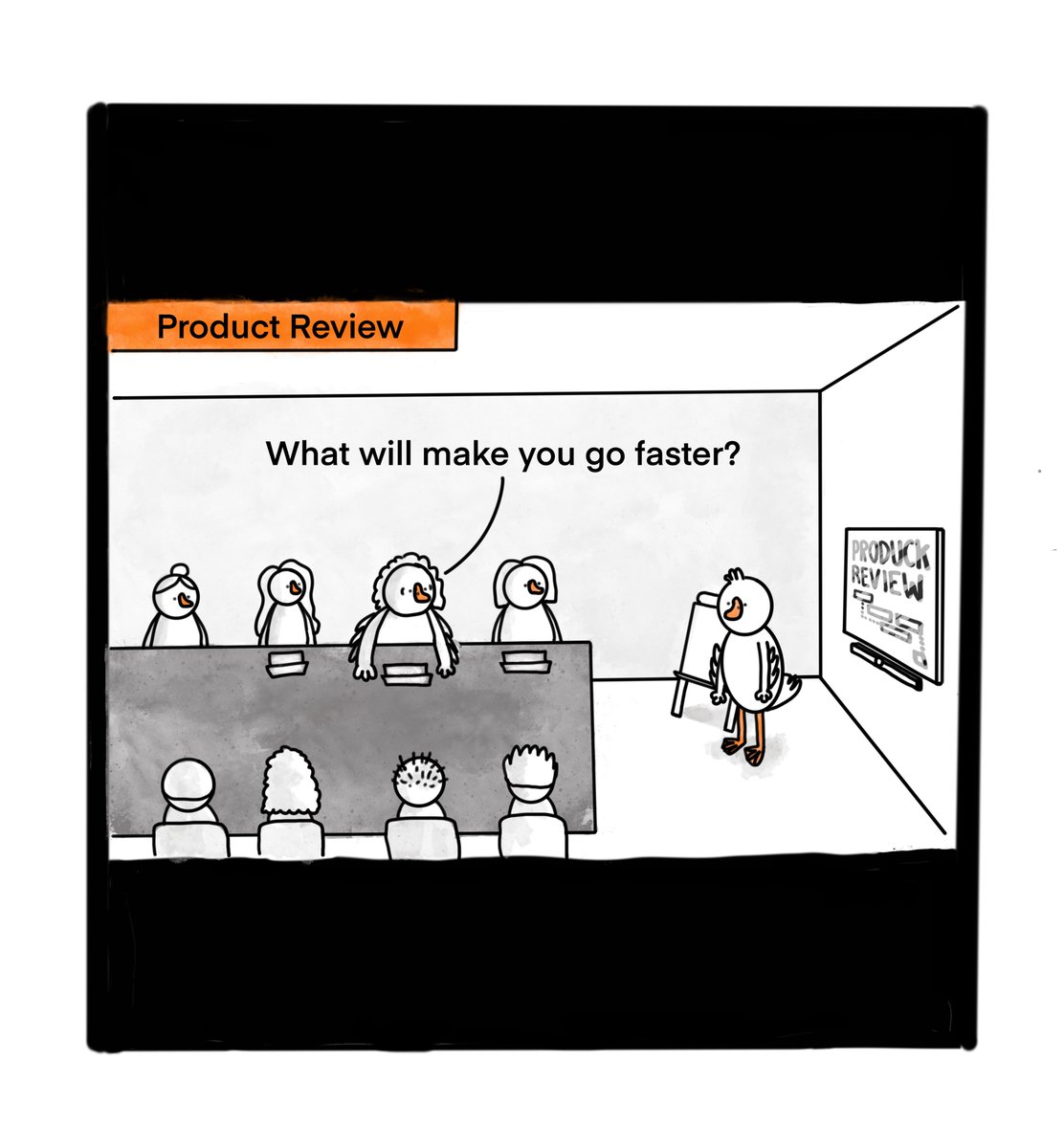Consider this statement:
“Steve Jobs was absolutely great at execution”
If someone’s response to this statement is “no” or “absolutely not”, and their rationale is that
“well, Steve Jobs was great at vision, strategy, design, taste and he hired people who were great at execution”
that means they don’t understand what great execution is, nor do they understand what great strategy is.
Many people have in their heads a neat separation between
a) “strategy” and
b) “execution”
These folks don’t actually understand what great execution entails.
In their career they have often been naive beneficiaries of a juggernaut whose current momentum is largely a function of its past momentum, not so much of the frenetic activity they seem to be so proudly & visibly engaged in right now.
These folks tend to associate great execution with discipline, experiments, structure & process, incentives & alignment, relentlessness, stakeholder management, project management, exec comms & optics, nights & weekends, hitting dates, etc. etc.
All of which can be important of course, but just those things by themselves will never make you great at execution.
Some people in product (even some executives) often forget that being great at “doing stuff and showing you’re doing stuff” is not the same as being great at execution.
Highly visible activity is not great execution.
Seemingly intense activity is not great execution.
Shipping on the committed date is not great execution.
Great execution is ultimately about outstanding results & singular impact.
Great execution requires superb intuition, creativity, strategic & clear thinking, influence, and having better ideas than anyone else — at every single step of the long long road to success.
“Steve Jobs was absolutely great at execution”
If someone’s response to this statement is “no” or “absolutely not”, and their rationale is that
“well, Steve Jobs was great at vision, strategy, design, taste and he hired people who were great at execution”
that means they don’t understand what great execution is, nor do they understand what great strategy is.
Many people have in their heads a neat separation between
a) “strategy” and
b) “execution”
These folks don’t actually understand what great execution entails.
In their career they have often been naive beneficiaries of a juggernaut whose current momentum is largely a function of its past momentum, not so much of the frenetic activity they seem to be so proudly & visibly engaged in right now.
These folks tend to associate great execution with discipline, experiments, structure & process, incentives & alignment, relentlessness, stakeholder management, project management, exec comms & optics, nights & weekends, hitting dates, etc. etc.
All of which can be important of course, but just those things by themselves will never make you great at execution.
Some people in product (even some executives) often forget that being great at “doing stuff and showing you’re doing stuff” is not the same as being great at execution.
Highly visible activity is not great execution.
Seemingly intense activity is not great execution.
Shipping on the committed date is not great execution.
Great execution is ultimately about outstanding results & singular impact.
Great execution requires superb intuition, creativity, strategic & clear thinking, influence, and having better ideas than anyone else — at every single step of the long long road to success.
One thing I don’t say often enough: I’ve done each of these seemingly contrarian things myself, driven outsized outcomes, and have decomposed why it works and when it doesn’t work (most people skip this last step).
And actually they aren’t that all that contrarian because the best in the business do this stuff all the time. It’s just that how they think is not transparent to most people, including sometimes themselves (similarly hard for Picasso or Steph Curry or Virat Kohli to tell you what actually makes them great).
And actually they aren’t that all that contrarian because the best in the business do this stuff all the time. It’s just that how they think is not transparent to most people, including sometimes themselves (similarly hard for Picasso or Steph Curry or Virat Kohli to tell you what actually makes them great).
• • •
Missing some Tweet in this thread? You can try to
force a refresh











